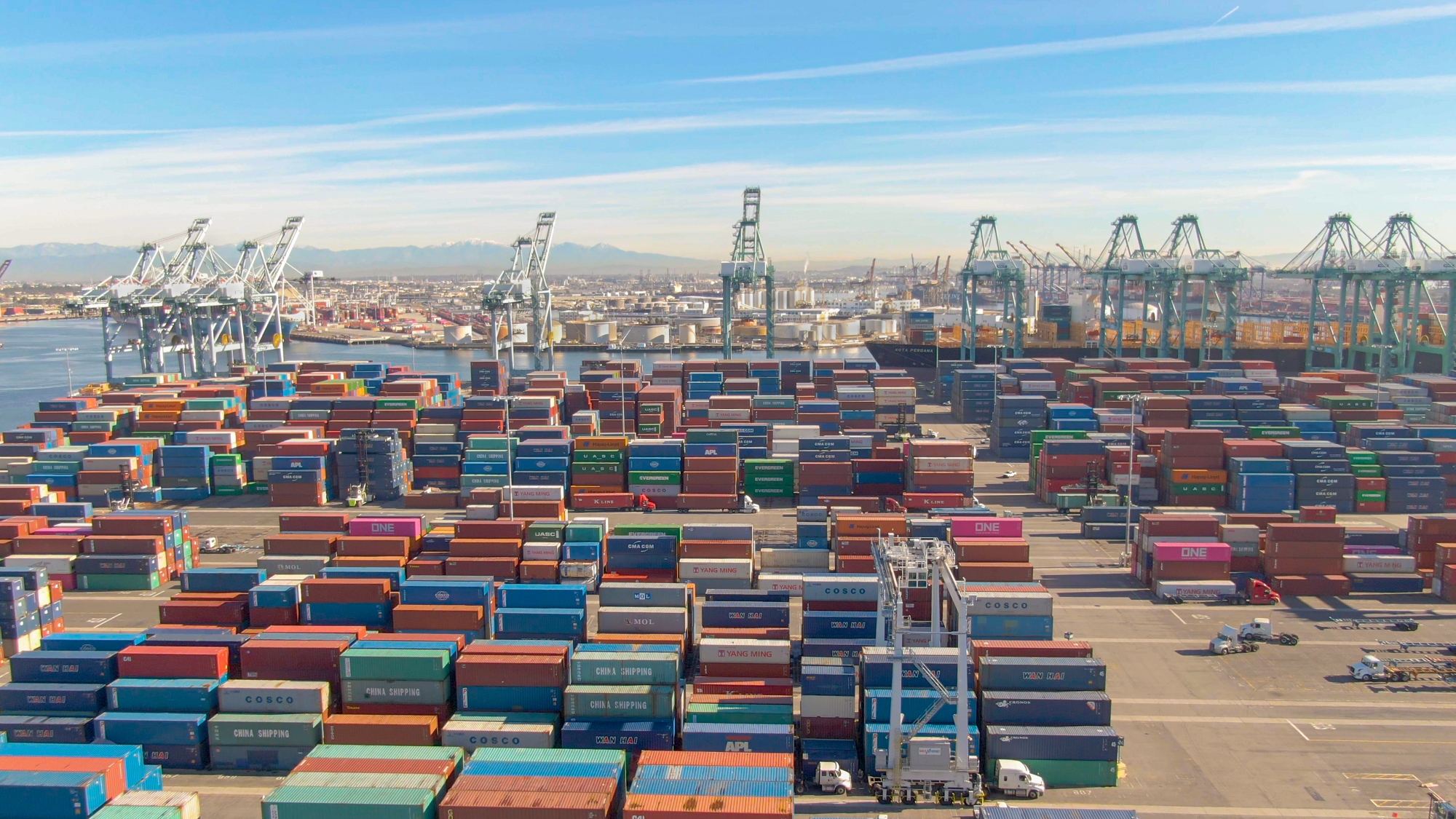Amplifiers of Supply Chain Disruptions: A Managerial Framework for Reducing the Impact of Disruption to the Supply Chain
Amplifiers of Supply Chain Disruptions
Certain attributes of a company’s global supply chain environment may amplify or mitigate the impact of disruptions. In the case of Nokia and Ericsson, one company acted quickly because of their supply chain design: they were able to monitor the supply of critical parts, detect the problem early, rely on its deep relationships with its core suppliers and knowledge of supply markets to allow it to recover; the other lost major market share due to its slow response.
Within each company we studied in this research, we first sought to understand the elements in each company’s supply chain that increased the level of risk that they were exposed to. To discover this, we asked executives to describe to us the types of disruptions experienced in the last five years perceived to be the most serious. After recording their responses, we coded and classified the interview notes, and found that all of their responses fell into one of two categories shown in Tables 1 and 2. We describe these elements that elevate the impact of a disruption as an “amplifier”, which we defined as a characteristic of a supply chain that increases the difficulty of disruption recovery. All of the disruption amplifiers fell into one of two categories: 1) the extent to which a firm relies on global sources of supply, and 2) the complexity of the product or process.
The extent to which a firm relies on global sources of supply
Supply Chain Globalization: The number of leverage points and the lead-time associated with ordering and receiving products from low cost countries will amplify the potential impact of the disruption. The growth in low cost country sourcing from places such as China, India, Eastern Europe, and Malaysia is skyrocketing. During Wall Street’s last round of quarterly earnings announcements, few large companies got very far into their conference calls with analysts before the subject of China came up. Companies such as General Motors, General Electric, Goldman Sachs, Home Depot, and even Avon have Chinese expansion plans and global sourcing plans at the top of their to-do list. Although the decision to source in areas such as China is often based on the anticipation of lower costs, these decisions often overlook the potential amplification of risk that occurs when these global sourcing channels are developed. Specifically, leverage points, or points in the chain where subsequent flows of product are present, are the catalysts for a “domino” factor to occur. As shown in Table 1, a number of different elements are driving globalization, which are also contributing to increasing disruption responses time and recovery time. Language and timezone differences for example, delay responses, as opposed to working with a supplier who is local and speaks the same language. Further, as the length of the lead-time required to obtain shipments from these locations for domestic imports increases, so does the time that a firm has to react to a disruption which therefore may reduce the potential impact. Consider the following:
* A major retailer that imports the majority of its products from China was devastated by the West Coast Port strike, which caused many of its products to be out-of-stock during the critical Christmas season. Although the exact number of lost sales is unknown, estimates are that millions of dollars were lost due to “out of stocks” when customers could not find the items they wanted and went elsewhere to purchase them. Further, the cost of recovering containers and shipments that were “lost” in the melee ran into millions of dollars.
* A retailer stated that the most severe types of supply chain disruptions occurred in overseas location due to poor communication and customs procedures at major shipping ports, as well as slowdowns attributed to labor disputes in specific countries. He also noted however that planning around these disruptions was possible, as some of them were predictable. For example, labor strikes in shipping, trains, and transportation seem to occur almost every year in the summer between Wednesday and Friday, so that workers get an extended holiday weekend!
* At a major textile/chemical company, lead-times for raw materials from a sole source supplier in Japan were six months. The raw material was ‘designed in’ by the customer, and subcontracted for manufacturer. When the final customer (a large retail chain) decided to abruptly discontinue the product, the company was “stuck” with a six month inventory of material that could not be allocated to other products. The large number of tiers in the supply chain and the poor communication between tiers, led to a multi-million dollar write-off for the company.
The complexity of the product or process
The second amplifier of supply chain disruptions and risk we discovered is product and process complexity, defined as the degree of difficulty in measuring and managing the number of different components and entities in the supply chain from supplier to end customer. Complexity is driven by several factors. As shown in Table 1 product/process complexity is driven by several factors. For example, when a proprietary product is sourced from a single supplier (as in the Ericsson case), the disruption is likely to be amplified. Other elements that can increase the amplitude of a disruption include stringent mandated/regulated quality requirements and unique parts are used. Such factors tend to increase the number of constrained interdependencies that exist in complex supply chains which limits the degree of freedom around the possibilities of recovery. As constrained dependencies increase so does the magnitude of the “domino effect”, as the disruption ripples through multiple nodes of the supply chain. On the other hand, as companies simplify their supply chains, there are fewer nodes to monitor, and supply chain designs offering simple solutions become easier to create.
* For example a major logistics provider noted that a product’s complexity, quality requirements, number of unique parts, perishability and storage requirements, and part size (small gets lost) increases the difficulty of managing problems when and if they occur. A major retailer also noted that its quality requirements are non-negotiable – and if a product does not pass inspection, it will not ship.
* A large manufacturer of appliances had developed a new convection oven that caught customers’ fancy, and began selling quickly. Distributors were unable to order more in time, although they knew a competitor would soon enter the market with a similar product. The reason attributable to this shortage (and the resulting loss of market share capture)?: a sole sourced supplier in China who was plating the oven grill! The supplier had been outsourced from their first tier supplier, and it had taken the manufacturer several weeks to discover the source of the capacity shortage. When they finally discovered the source of the parts shortage, they discovered that the supplier was working three shifts, and was unable to produce enough grills, thereby causing a major bottleneck. By the time a second supplier was located and qualified, the competition had established a toe-hold in the market and was already taking market share.
* A large pharmaceutical company noted that most disruptions were related to the complexity of design in artwork for package inserts. The company ships drugs to every country in the world, and must stay current of regulations in every locale. As government regulatory requirements in each country change regarding drugs and requirements for publishing patient pamphlets, entire shipments must be stopped and scrapped if the artwork is not current. All of the artwork was created manually, with no digital libraries available to provide a central repository of data information.
* At a nuclear facility, the complexity of the process is a major issue. A barrage of contingency equipment and failsafe measures are maintained which exceed government regulations. For any potential disruption, there are three to five “backup” systems that are engaged immediately upon discovery of a problem.
Table 1 – Global Sourcing Amplifiers of Disruption
| The impact of supply chain disruptions is increased when any of the following parameters increases in a given supply chain: |
| Location of Supplier |
| Number of Brokers |
| Long Lead Time |
| Concentration or Clustering of Suppliers |
| Labor availability/Workforce Issues |
| Customs Regulations |
| Storage Requirements |
| Security Requirements |
| Demand for Product (Volume) |
| Legislative Actions Related to Importing/Global Sourcing |
| Poor Communication |
| Regional/Country Political Issues |
| Number of Transfer Points |
| Vessel Capacity and Channel Overload |
| Port Issues and Infrastructure |
| Potential for Terrorism |
| Natural Disasters |
| Lack of Visibility of Entire System/Supply Chain |
Table 2 – Product / Process Complexity Amplifiers of Disruption
| The impact of supply chain disruptions is increased when any of the following parameters increases in a given supply chain: |
| Product Complexity (number of parts, levels in bill of material, difficulty to meet specifications) |
| Proprietary Technology |
| Value of Product |
| Quality Requirements |
| Supplier Manufacturing Capacity |
| Uniqueness of Parts |
| Part Size |
- Categories:


